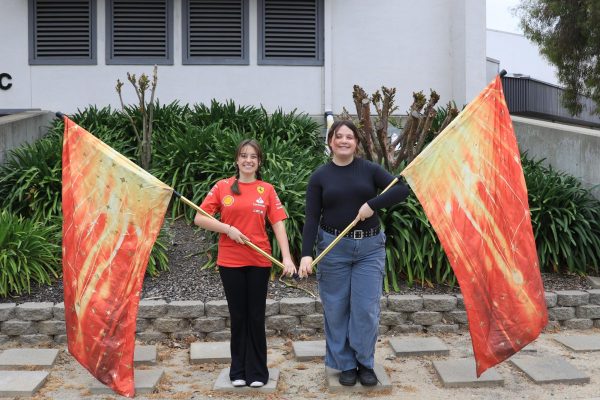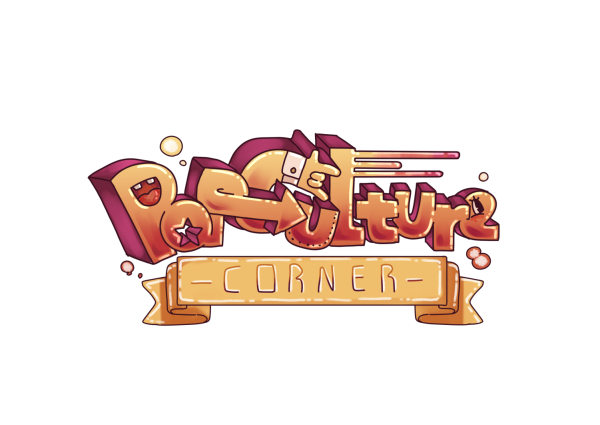Add these books to your summer reading list
Californian staffers share some of their top recommendations

“Six of Crows” and the “Scythe” are among the books Californian staff writers recommend for summer reads.
Summer is approaching and soon students won’t be obligated to read classic literature that – let’s be honest – bores most of us.
With the exception of a handful of classical bookworms, being forced to read any book at a strict pace, no matter how good it is, can ruin the enjoyment. Now that summer is almost here, it’s the perfect time to pick up a book and enjoy it at your own leisure. Here’s some of our top choices.
“Six of Crows”
“Six of Crows” by Leigh Bardugo is a perfect summer read for anyone looking to fall in love with a thrilling fantasy story.
The book is the first in a series of two and follows six outcasts who come from all sorts of backgrounds to the slums of Ketterdam, a bustling international trade hub.
Kaz Brekker, who outwitted the rest to become the most wicked and clever conman of Ketterdam, is offered 30 million kruge for an impossible heist that he can’t refuse. Brekker, 17, is the only person clever enough to pull off such a heist and get away with it live to tell the tale.
But his plan requires a crew: Brekker recruits two trusted members of his gang, The Dregs, plus a magic-wielding Grisha girl and a man who hunts Grisha that, despite clashing upbringings, share a tangled tale.
Regardless of their skillful planning, the six teenage outcasts face obstacles and unforeseen events that did not fail to surprise me. “Six of Crows” will keep readers eager to flip to the next page.
The “Six of Crows” duology follows Bardugo’s original Grisha trilogy, “Shadow and Bone.” Although it’s recommended to read the duology after reading the trilogy, I wouldn’t waste the summer on it. Reading the trilogy first may make it easier to understand the story’s setting and help spot some “Easter eggs,” but it isn’t necessary.
If you love escaping into a different universe and watching characters form unexpected bonds and enemies, “Six of Crows” is a must-read for the sxummer.
– Samantha Contreras
“Scythe”
Imagine a world where dying is a thing of the past.
That’s the world of “Scythe”. Author Neil Shusterman has created a utopian society set in the far future where disease, aging, crime, and even death have been eradicated. Humanity reaches new heights, creating an essentially perfect civilization where nothing ever goes wrong.
The internet evolved into the cloud, which evolved into Thunderhead, the benevolent AI that oversees the world of “Scythe.” Thunderhead, designed to be the perfect guardian of humanity, rules over Earth with perfect efficiency, bringing about the utopia that serves as the setting for “Scythe”.
Thunderhead, despite its wish to protect humanity, decided that death was necessary to control the population. Unwilling to become a killer, it delegated the task of deciding who lives and who dies to humanity. So, mankind created the Scythedom. Scythedom controls the honorable Scythes, masters of death, who perform “gleanings” (their name for killings) to keep the population in check.
The story follows two teenagers, Citra and Rowan, as they attempt to master the art of taking lives.
The two are put through rigorous physical, mental, and emotional stress as they compete with each other to determine who, at the end of their training, will become an esteemed Scythe.
The first book in Shusterman’s “Arc of a Scythe” series, “Scythe” is a well-executed (pun intended) and fresh take on the dystopian genre that’s sure to leave readers scrambling to read the sequel.
– Shivani Phadnis
“Rosemarked”
The beautiful and artistic cover of the book “Rosemarked” by Livia Blackburne was enough to catch my attention and convince me to take the book from my seventh grade biology class. At first, the summary on the back cover bored me, but I still decided to keep it as a free reading book. But after reading the first few chapters in class, I was hooked and couldn’t stop myself from picking it up even at home.
The book first starts with the main female character, Zivah, a healer, brewing medicine in her house. Shortly after, the rose plague invades her village, brought by Amparan soldiers that have come to get treated. Zavah and her fellow healers treat victims for two weeks each, only then will it be revealed if they get rosemarked or umbertouched.
Whether the person is rosemarked, or umbertouched, is determined by the color of the splotches on their body. If they’re red they are rosemarked and if they are brown then they are umbertouched.
The rose plague kills some when they first get it. Most victims emerge rosemarked, meaning they will spend their last years in complete isolation as the disease is highly contagious, whereas being umbertouched means they are now immune to the disease.
While Zivah is treating others, she discovers red splotches on her body, which is when she realizes she has the rose plague. She doesn’t think too much of it, as she is a healer and can treat herself with the herbs she creates. However as two weeks pass, she notices that the red splotches aren’t fading brown. To her horror, she is rosemarked.
Soon after, we meet male character, Dineas, a warrior who has been captured and tortured by the cruel Amparan Empire after an attack on his tribe. He wakes up, saved by a stranger happening to be walking by. It is discovered that the dungeon he was held in has a rose plague outbreak. Dineas is umbertouched.
Filled with rage and distraught for his people who were attacked, he and Zivah are chosen for a secret mission to infiltrate the Amparan Empire together where they find a common ground to fight for what they love, which, as they find out later, is each other.
If you’re not very interested in reading, as I am, this is one of the best books for getting into reading. If you do decide to pick up this fantasy fiction book and get hooked like I did, Blackburne also wrote a sequel, “Umbertouched”.
– Riya Reddy
“Atomic Habits”
Kian Kasad
Without school to get in the way, summer break is a great time to work to on improveing on yourself. “Atomic Habits” by James Clear is an excellent book to help with that. Whether you want to start a new hobby, get into a workout routine, or kill a bad habit, “Atomic Habits” lays out a clear method to accomplish your goals.
In the book, Clear combines psychology with his own anecdotes to analyze the formation of habits. He breaks the process down into four simple steps, then outlines a way to utilize those steps to facilitate forming, or breaking, habits.
“Atomic Habits” is a great read for anyone who wants to break bad habits, form good ones, or just learn about ways to improve themselves.

Senior Samantha Contreras is Co-Managing Editor for The Californian Paper. She joined the newspaper her sophomore year as a journalist and became an...



